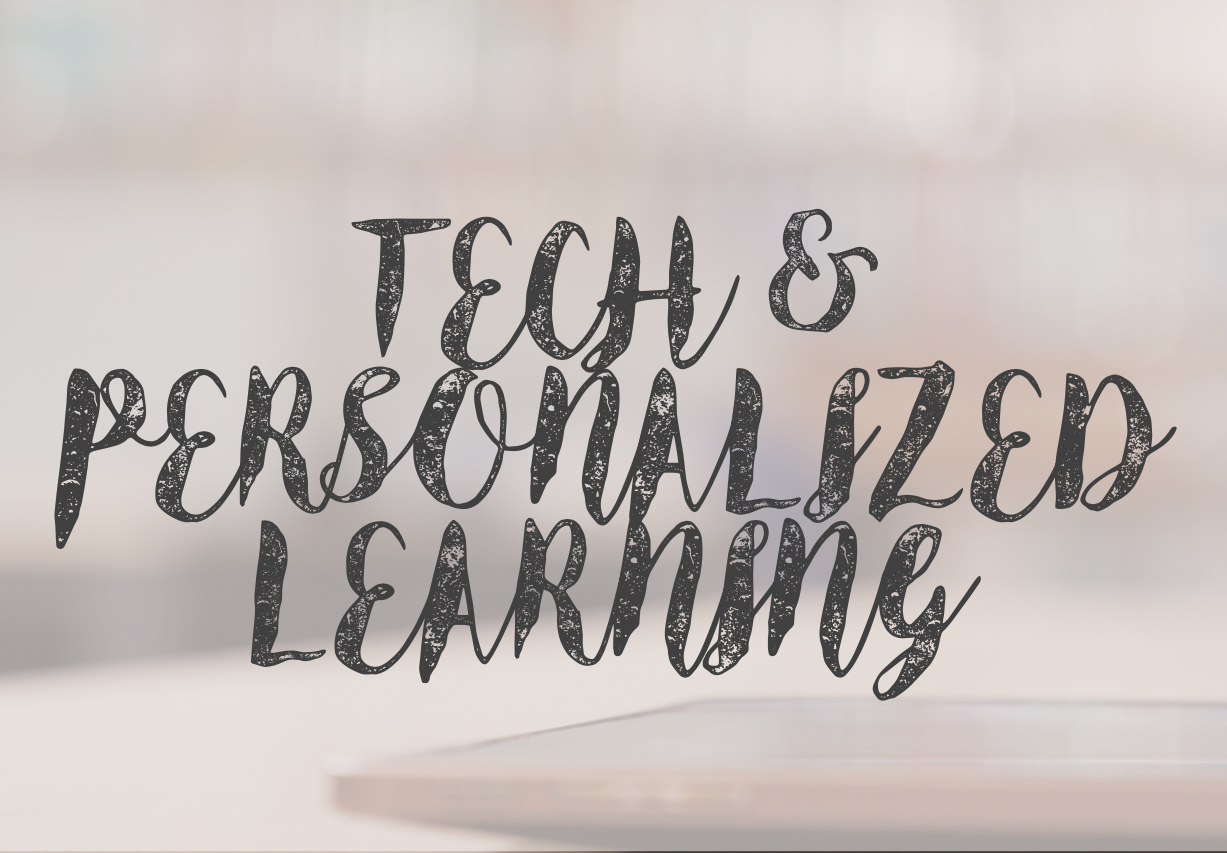CREATING CREATORS: PERSONALIZED LEARNING AND TECHNOLOGY

 Personalized learning and technology create creators. A personalized approach to learning dictates less and provides space for the authentic voices and choices of students. Moreover, this approach naturally lends itself to making. Richard Culatta argues that technology affords this possibility in the education system. If used correctly, technology can create a learning environment where students can learn and create in ways that were otherwise impossible in a generation before (TED, 2013). The education system needs to adapt to this change lest they become irrelevant, or worse, an impediment, to real and useful education. The answer is not the mere presence of technology, but the proper use of this technology as an empowering tool in a new pedagogical paradigm.
Personalized learning and technology create creators. A personalized approach to learning dictates less and provides space for the authentic voices and choices of students. Moreover, this approach naturally lends itself to making. Richard Culatta argues that technology affords this possibility in the education system. If used correctly, technology can create a learning environment where students can learn and create in ways that were otherwise impossible in a generation before (TED, 2013). The education system needs to adapt to this change lest they become irrelevant, or worse, an impediment, to real and useful education. The answer is not the mere presence of technology, but the proper use of this technology as an empowering tool in a new pedagogical paradigm.
Personalized learning is the future. One may shrug this pedagogical buzzword off as the latest fad destined to fade in a few years. The revolution of interconnected technology seems to suggest otherwise. There are many aspects of personalized learning. As a general principle, personalized learning is a reorientation of education toward individuals and not toward whole blocks of carbon-copy students. Instead of instructing students according to a predesigned plan, teachers create with their students a pathway of education that addresses their needs and interests. The implications of this approach have a transformative impact on all aspects of the educational structure. While there are numerous challenges personalized learning brings to the status quo, two significant factors are pacing and assessment.
Concerning the former, Basham, Hall, Carter, and Stahl (2016) explore learning and pacing in a personalized learning context. Through studying K-12 schools practicing different blended and personalized learning approaches, they concluded that the potential transformation of learning could result in tremendous improvements. Among twelve schools studied, 25% of students had achieved one full year of growth in math and reading by the middle of the school year (Basham, Hall, Carter, and Stahl, 2016, p. 130). Assessments, activities, and pacing were transformed to address the individual needs of students. Indeed, Culatta argues that a fixed pace and schedule of learning hampers student progress (TED, 2013). Personalized learning ought to allow for variability and individualized pacing. The challenge, however, is creating a class and school culture that can allow for such an educational environment. This shift transforms how a class looks and runs. Technology makes personalized learning much more efficient, and fostering a making culture in the classroom does so even more.
Personalized learning, variable pacing, and a classroom making culture require a shift in how teachers see assessments. Thomas Wanner and Edward Palmer (2015) explore personalized learning and its roll in blended and flipped classrooms. In particular, they focus on “flexible learning” through assessments. While studying flipped university classrooms, Wanner and Palmer concluded that students preferred “flexible assessments.” While assessments are often standardized and used as measurements of learning, these “flexible assessments” reflect a different purpose. In light of personalized learning, assessments function more as tools for learning and function best if they are customized, along with students, to measure student creation and choice (Wanner and Palmer, 2015, p. 357). Indeed, according to Culatta, one of the most significant challenges in the classroom today is that the educational system tends to treat all students the same (TED, 2013). Each student has different needs, learning gaps, and interests. To effectively reach each of these learners, a new approach to assessment is needed. Through a personalized learning approach, each student’s education is unique. In light of that, an assessment of that learning ought to be equally unique. Indeed, if students are encouraged to create and make according to their own needs and interests as they process the course’s content and themes, assessment becomes more a function of operability and skill, rather than rote memorization.
Technology is just a tool for learning. A real transformation would disrupt much, from streamlined grade books to uniform lesson plans for administrative oversight. Are teachers supposed to write twenty-five formal plans? What function do course periods have in this new reimagined learning system? If a student completes all work related to the course, do they move ahead to the next in the middle of the year? What resources are there for creating a making culture? If assessments shift to skill and creation, what form do finals take? Many other questions can and should be pondered. Personalized learning is disruptive, but perhaps it is the disruption needed to call into question the trite and tired response “We have always done it this way.”
References
Basham, J. D., Hall, T. E., Carter, R. A. , & Stahl, W. M. (2016). An operationalized understanding of personalized learning. Journal of Special Education Technology, 31 (3), 126-136.
TEDx. (2013, Jan 10). Richard Culatta: Reimagining learning [Video file]. Retrieved from https://www.youtube.com/watch?time_continue=8&v=Z0uAuonMXrg
Wanner, T., & Palmer, E. (2015). Personalising learning: exploring student and teacher perceptions about flexible learning and assessment in a flipped university course. Computers and Education 88, 354-369.
___________________________________________________________________
*Image credit: original picture purchased through Shutter Stock. Edited and redesigned by Jonathan Keck.

